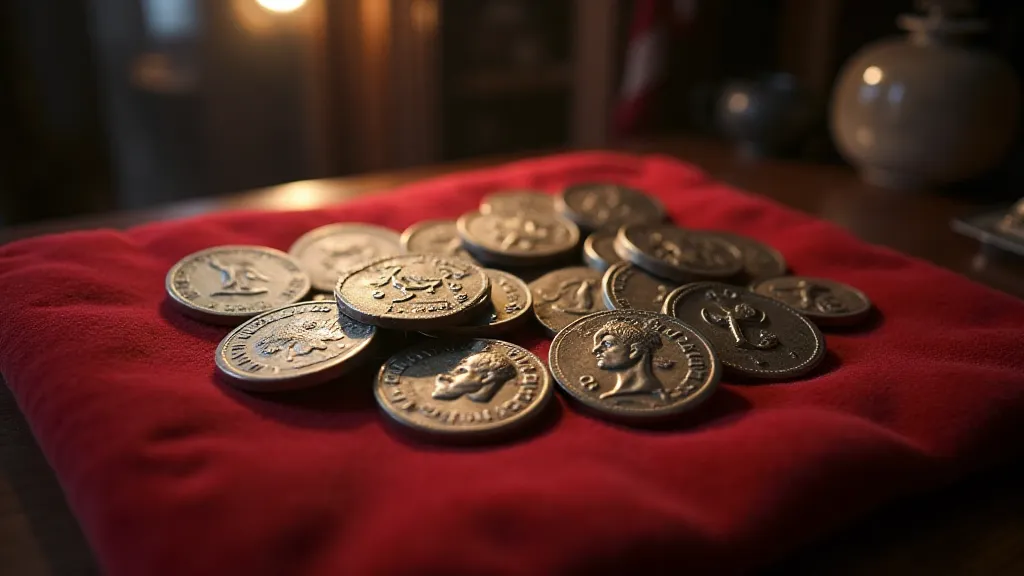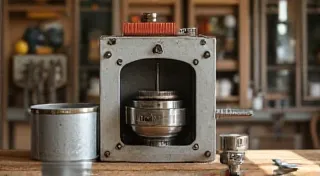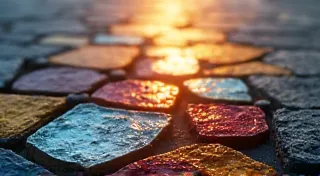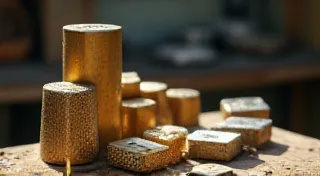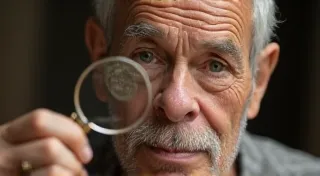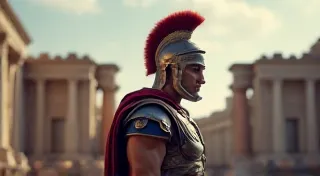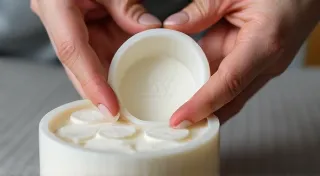The Echoes of Vespasian: Crafting Mortality in Bronze
The cool weight of bronze in my hand. It’s a grounding sensation, a link across millennia. I wasn’t always drawn to Roman history. My introduction was a dusty textbook in secondary school, filled with dates and battles that seemed distant and sterile. It wasn’t until I picked up a handful of replicas – imperfect, hastily cast copies of ancient coins – that the empire truly began to breathe. They weren’t just metal discs; they were miniature portraits of emperors, testaments to ambition, and haunting reminders of the relentless passage of time. Building Roman coin replicas isn’t just a craft project; it’s an act of conversation with the past, a tangible engagement with the anxieties that shaped one of history’s most enduring civilizations.
The Roman Empire, at its height, was a machine of colossal power. Its reach extended across continents, its legions enforced its will, and its emperors, elevated to near-divine status, projected an image of unwavering strength and eternity. Yet, beneath the veneer of invincibility lay a profound awareness of mortality. Emperors, like all humans, were destined to die. And a ruler's legacy, their claim to lasting significance, was fragile, vulnerable to the whims of history and the judgments of posterity. This tension is perhaps nowhere more poignantly expressed than in the imagery that adorned Roman coinage.
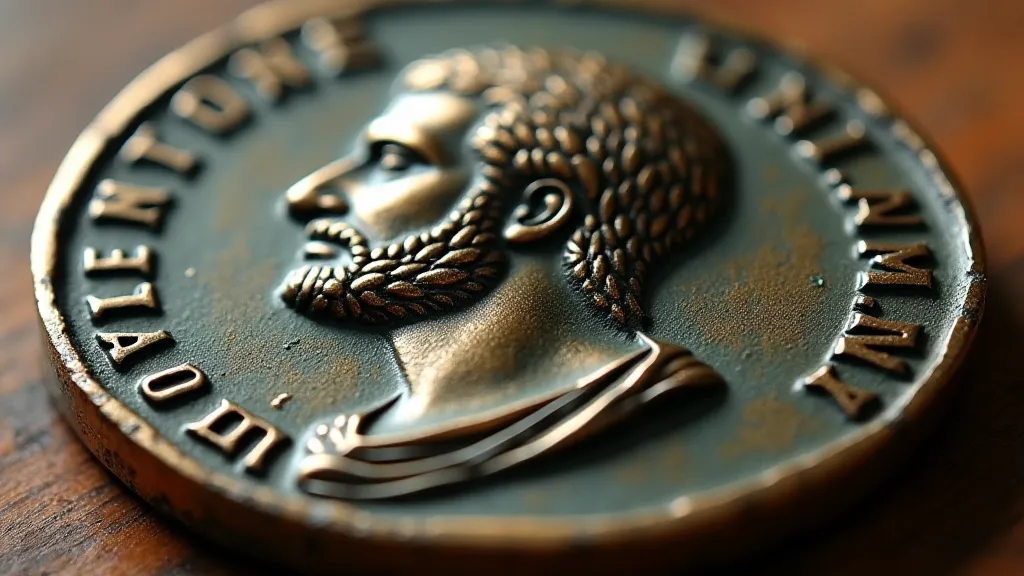
The Imperial Gaze: Propaganda in Miniature
Consider Vespasian, the emperor who rose from the chaos of the Year of the Four Emperors to restore stability and rebuild the empire. His coinage wasn't just about disseminating currency; it was a calculated act of propaganda. Each portrait – meticulously crafted, yet inevitably imperfect – was designed to convey an image of strength, wisdom, and divine favor. The inclusion of his likeness on every coin, carried in the pockets and purses of citizens across the vast empire, created a constant, subtle reinforcement of his authority. The image, repeated countless times, aimed to etch his face and his reign into the collective memory of the Roman people.
The very act of putting an emperor's face on a coin was laden with symbolism. It was a visual declaration of power, an assertion of control over not just the economy but also the perception of the emperor himself. The laurel wreath, the muscular physique, the carefully sculpted beard – each element contributed to the construction of an idealized portrait, one that belied the complexities and vulnerabilities of the man beneath the image. And yet, even in its idealized form, the image carried the weight of the ephemeral. Coins were lost, worn, and melted down, their images fading with time. The empire itself, despite its ambition for eternity, was destined to crumble.
The Cast as Impermanence: Metal Casting and the March of Time
Which brings us to the craft of replica creation. To truly appreciate the Roman coin, we must understand the process that brought it into existence—both then and now. Roman coin production was surprisingly sophisticated for its time. Dies were painstakingly carved, molten metal was poured, and the resulting coins were struck. Today, we replicate that process using modern casting techniques – often bronze alloy, chosen for its historical accuracy. But the process itself is revealing. Modern casting, even with the most precise molds, introduces imperfections – tiny bubbles, slight distortions, a subtle roughness to the surface. These aren't flaws; they are echoes of the very nature of creation. They remind us that nothing is perfect, that all things are subject to decay.
The Roman emperors understood this on a visceral level. Their efforts to immortalize themselves – in marble statues, in elaborate monuments, and on countless coins – were, in a way, a desperate attempt to deny the inevitability of oblivion. The coins, meant to circulate endlessly, were ultimately destined to be consumed by the relentless cycle of time.
Finding Resonance: Personal Reflections and Craftsmanship
My own journey into replica creation began not with a desire for accuracy, but for connection. I started with a simple mold and some scrap bronze, expecting to produce something passable. What I gained was a deeper appreciation for the skill of the Roman artisans – their patience, their artistry, and their profound understanding of the power of imagery. Each cast I make is a reminder of their ingenuity, and a tangible link to a world long gone.
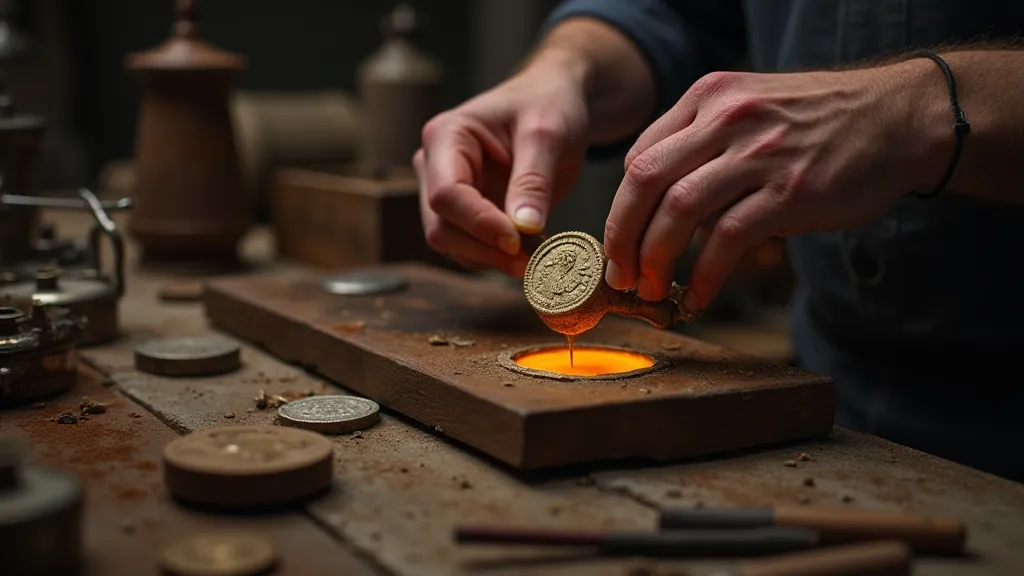
There's something inherently meditative about the process. The rhythmic pouring of the molten metal, the careful cleaning of the cast, the subtle patina that develops over time – each step is a form of engagement with the past. It’s not about creating a perfect copy, but about participating in a conversation across the centuries, a dialogue between the ambitions of emperors and the enduring human desire for meaning and legacy.
More Than a Replica: A Meditation on Mortality
Building Roman coin replicas isn't simply a craft project; it's an act of reflection. It’s a reminder that even the most powerful empires are ultimately ephemeral, that all human endeavors are subject to the inexorable march of time. The imperfections in the cast, the subtle wear and tear of the replica – these aren’t signs of failure, but emblems of authenticity. They are tangible reminders that the past wasn't a pristine, unchanging entity, but a messy, vibrant, and ultimately transient phenomenon.
And perhaps, in confronting the fragility of the Roman Empire, we gain a deeper understanding of our own mortality. The coins, once symbols of imperial power, now serve as poignant reminders of the human condition: a blend of ambition, artistry, and the inescapable truth that all things must pass. The cool weight of the bronze in my hand is no longer just a connection to the past; it’s a profound meditation on the present—a quiet acknowledgement that even as we strive to create and leave our mark on the world, we too are destined to become echoes in the grand tapestry of time.
